Faced with a navigational challenge, neural networks spontaneously evolved units resembling the brain cells that help living animals track their location.
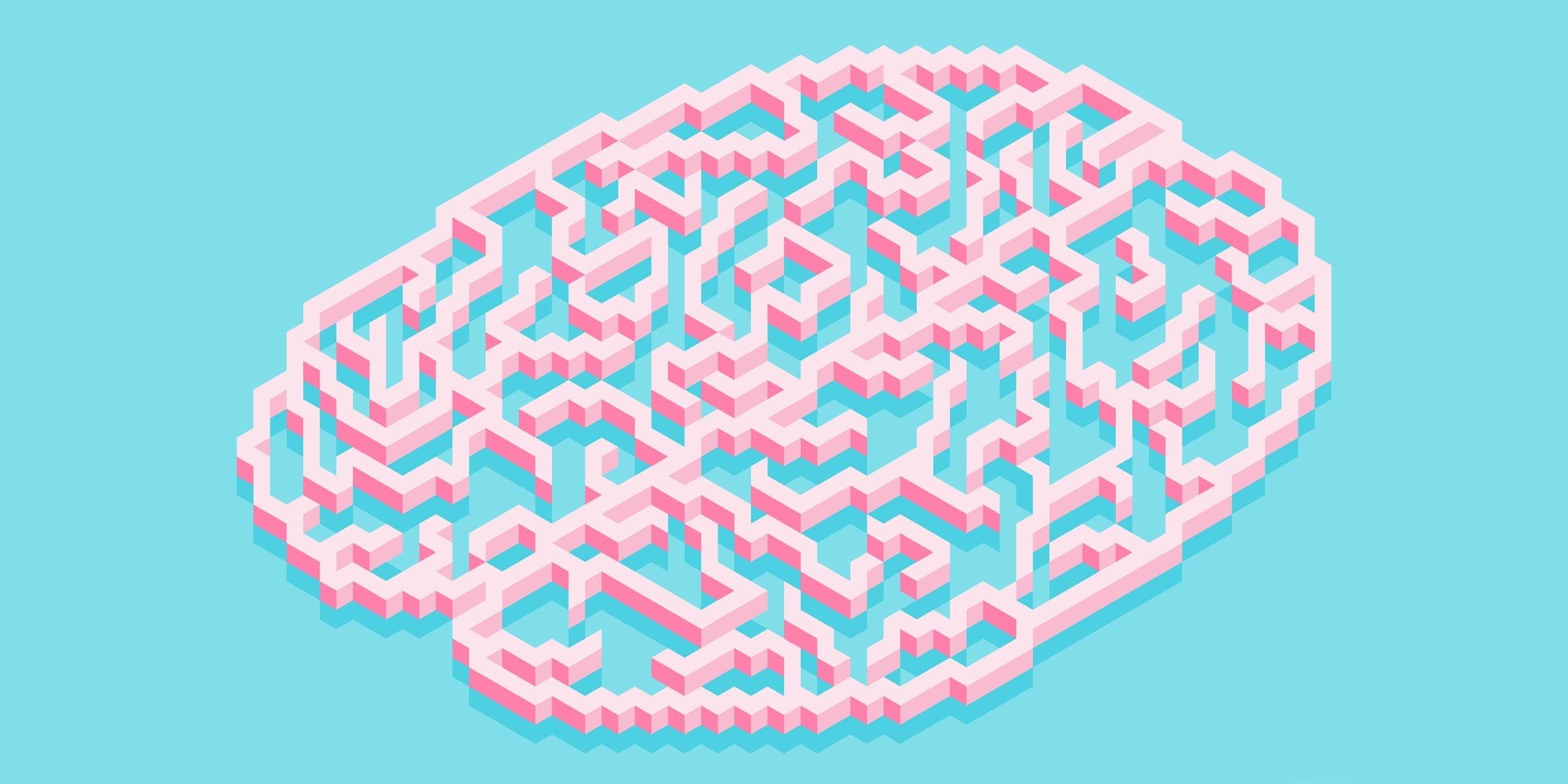

Demis Hassabis, world-renowned British neuroscientist, artificial intelligence (AI) researcher and the co-founder and CEO of DeepMind, explores the groundbreaking research driving the application of AI to scientific discovery.
The talk launches the Royal Society’s 2018 series: You and AI, a collaborative effort to help people understand what machine learning and AI are, how these technologies work and the ways they may affect our lives.
For more information on the event series: http://ow.ly/PKug30jWEYV
Let’s look at and discuss what Jack Ma, Elon Musk, Bill Gates and Jeff Bezos are saying about artificial intelligence, along with my own thoughts and ideas on the subject.
AI — Artificial Intelligence is changing our world quickly and our future, just in the next 15 years, will be unimaginable. Learn how to prepare for it and what Tech Billionaires Elon Musk, Jack Ma, Bill Gates and Jeff Bezos think will happen…find out here!

At the same time, the data that feeds AI decisions needs to be carefully vetted and reviewed. For example, “a robotic process automation solution that automates a loan process so the bank can deliver the loan faster to a client would be great,” according to Aditya Bhasin, head of consumer and wealth management technology at Bank of America, also quoted in American Banker. “But using AI or robotic process automation as a shortcut to data integration might not make sense. For example, when BofA launched a digital mortgage, ‘we could have done a whole bunch of robotics to go and pull data from different places and prepopulate the mortgage application, [but] it probably would have been fraught with error,” he said.
Too many organizations are rushing into AI without considering the full implications of the people element, according to Bessant. “It is time that we re-balance the discussion from being driven by the creators and the sellers of artificial intelligence to being balanced with the user perspective,” she says. “The discussion has been dominated by the sellers. Flip on any one of the morning financial shows and what you see is advertisement after advertisement for large and small-scale technology firms that are pushing the notion of data and modeling and that AI will help. Generally, society seems sold that artificial intelligence is better than we are as humans. However, because we build it, it is a subset of who we are and our thinking and bias.”
There’s a lot of buzz, and a lot of money now pouring into AIt’s important that some of that attention and money goes into education and building awareness of the processes behind the processes.
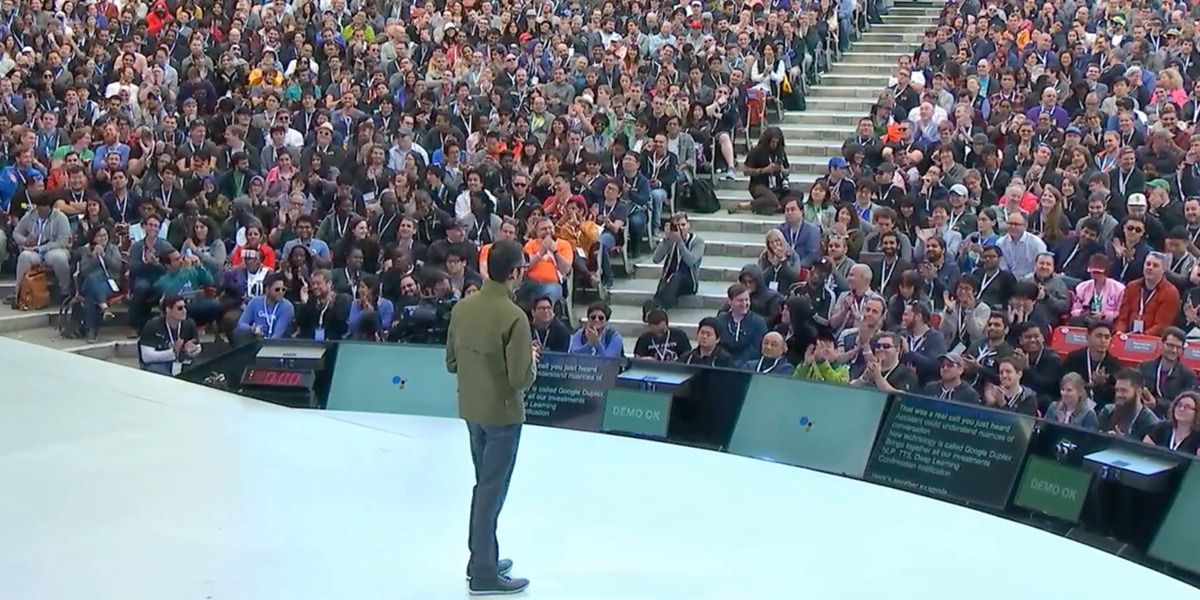
During Google’s tenth annual Google I/O developers conference CEO Sundar Pichai unveiled a feature for the Google Assistant that will allow it to make phone calls on users’ behalf with realistic sounding voices. This feature is still under development but is a major accomplishment in artificial intelligence.

The US space agency said Friday it plans to launch the first-ever helicopter to Mars in 2020, a miniature, unmanned drone-like chopper that could boost our understanding of the Red Planet.
Known simply as “The Mars Helicopter,” the device weighs less than four pounds (1.8 kilograms), and its main body section, or fuselage, is about the size of a softball.
It will be attached to the belly pan of the Mars 2020 rover, a wheeled robot that aims to determine the habitability of the Martian environment, search for signs of ancient life, and assess natural resources and hazards for future human explorers.

TEMPE, Ariz. — A Tempe woman could not believe it when she got the phone call.
NASA was on the other end of the line. Lindy Elkins-Tanton, a planetary scientist with the School of Earth and Space Exploration at Arizona State University, learned she would be leading a deep-space mission–the Psyche Mission.
Her objective is to send a robotic probe to a metal asteroid called Psyche.
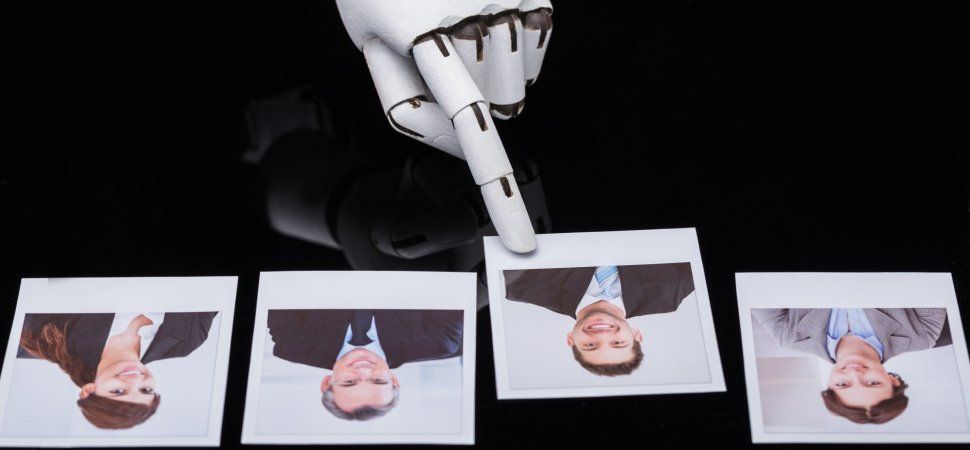
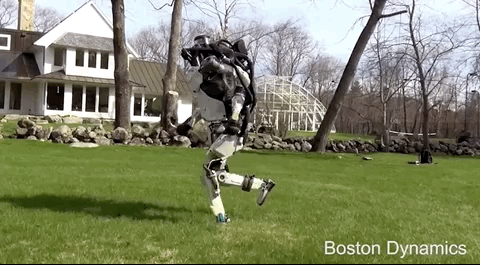
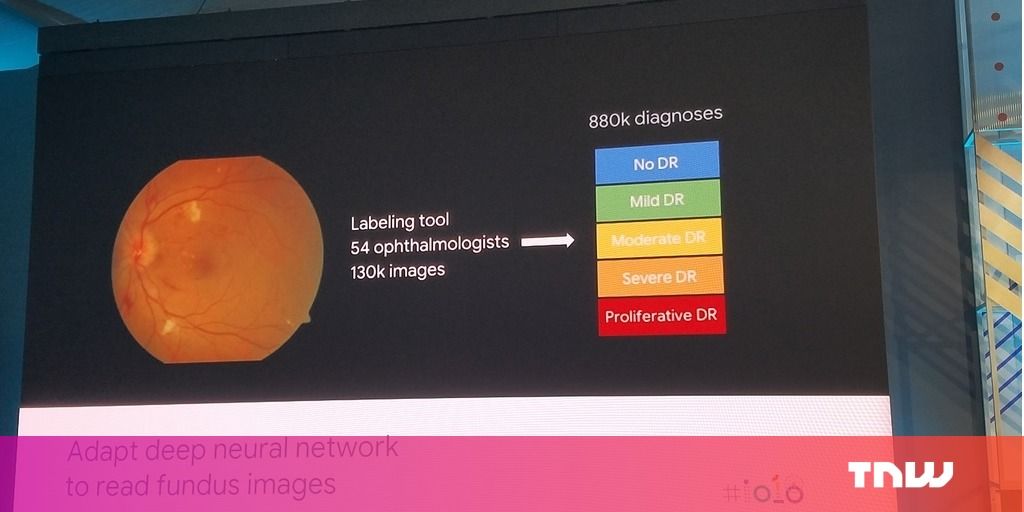
When you take a picture of a cat and Google’s algorithms place it in a folder called “pets,” with no direction from you, you’re seeing the benefit of image recognition AI. The exact same technology is used by doctors to diagnose diseases on a scale never before possible by humans.
Diabetic retinopathy, caused by type two diabetes, is the fastest-growing cause of preventable blindness. Each of the more than 415 million people living with the disease risks losing their eyesight unless they have regular access to doctors.
In countries like India there are simply too many patients for doctors to treat. There are 4,000 diabetic patients for every ophthalmologist in India, where the US has one for every 1,500 patients.